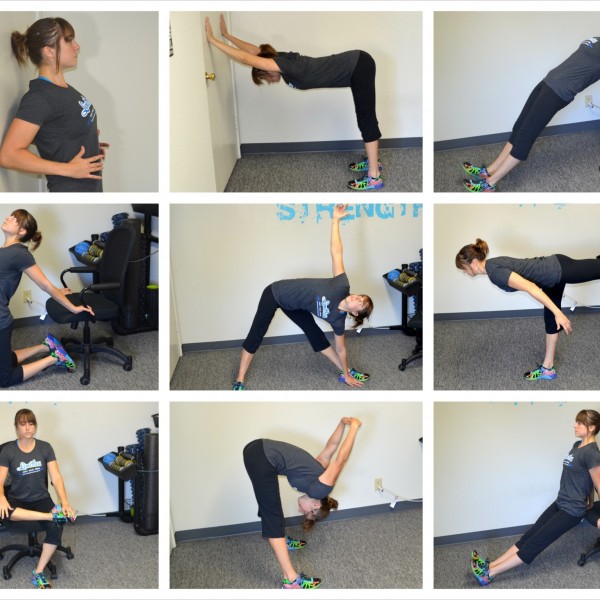
by Cori Lefkowith | May 4, 2018 | Blog, Pain Relief
When you are in pain, what do you do?
Do you…
A. Avoid any sort of exercise. I mean you need to “rest” it, right?
B. Power through. No pain no gain!
C. Randomly and sporadically throw in some “rehab” and simply avoid the moves that cause pain.
D. Just figure you can never do certain moves again.
E. Slowly start implementing rehab exercises to improve your mobility and correct the imbalances and compensations that may have led to your pain? Do you start a search and destroy mission to locate and identify other imbalances NOT at the source of pain that may be the issue?
Of course you do E, right!?!
Unfortunately most of us DON’T do E. unless we’ve been there before.
But E is what helps us not only start to alleviate aches and pains but PREVENT THEM FROM RETURNING.
And sometimes by working through just even 10 minutes of the foam rolling, stretching and activation for a WEEK, we can start to restore proper mobility and begin to correct the imbalances.
Heck, it can even relax our central nervous system so we start to feel a whole heck of a lot better even as our our body becomes more mobile, stable and balanced.
E. doesn’t mean crazy amounts of time on recovery work. It can even be implemented while you FEEL GOOD just as part of your warm up to your current workouts (or as an excuse to move a little extra during the day).
Now now…I’m not telling you not to get checked out or not to listen to your doctor. I’m just telling you that too often we AVOID when we can CORRECT. We rest when we can REHAB.
Even if you do take time off, which may help start the healing process, it doesn’t prevent the injury from reoccurring. You NEED to correct the underlying problems. Even if you do have to first have surgery, it means restoring proper mobility and stability post surgery to prevent the trauma, aka surgery from causing compensations again!
It’s why I created the RStoration program. And it’s why I also just feel so honored to get to see comments like this….



There is no time like the present. Just start spending 10 minutes a day for even just 7 days on that boring PREHAB stuff and you can get to moving and feeling better.
10 minutes a day is a whole heck of a lot better than being sidelined with injury!
Are you foam rolling, stretching and activating daily?
Are you working to correct the underlying problems instead of just avoid exercises forever?
Or are you constantly cycling through injury, pushing through the pain and then having to take long periods off?
Continue reading about the 3-Part RStoration Method of SMR + Stretching + Activation For Injury Prevention.
–> The 3-Part RStoration Method

by Cori Lefkowith | Mar 29, 2018 | Blog, Pain Relief
You get injured…
What is often the first thing you are told to do?
REST!
When someone gets injured, the “safe” thing to say is “Rest it.”
But REST is OVERRATED when it comes to preventing and alleviating injuries.
Now I’m not talking about recovery from workouts or days off during the week.
I’m talking about the fact that anytime someone gets injured, the answer is “Well rest it.”
And don’t get me wrong, certain injuries do need rest.
But rest doesn’t CORRECT the problem. It doesn’t deal with the initial compensation and movement distortions that LED to the injury.

Resting until it feels better and then returning to the exact same poopy movement patterns you were doing before?
Well that is just a recipe to end up injured again!
But that is what happens.
When we are prescribed “rest,” it SHOULDN’T mean doing nothing.
Rest should mean going back to basics and starting to CORRECT the movement patterns that lead to imbalances and compensation and OVERLOAD.
 Yea…take time off from the things you are doing wrong. Take time off from OVERLOADING the same area.
Yea…take time off from the things you are doing wrong. Take time off from OVERLOADING the same area.
But during that time off, work on FIXING the problem.
Start foam rolling overactive muscles. Start working on mobility of other joints that may not have the mobility they should.
Build up supporting muscles and start getting the right muscles working with basic, fundamental movements.
Take this time when you’re RESTING as time to go back to basics, which we never seem to want to do when we are healthy. (Or at least we often get lazy about doing.)
You know how clients don’t actually want to take time off even when they should? Well use that to your advantage and make them do the stuff they need to do to move better!
They can feel like they are at least doing something then AND you’ll make their “REST” actually help prevent the injury from returning!
Plus, exercise actually PROMOTES tissues healing!
Tissues need to be loaded to get stronger and handle day to day tasks and loads. Resting completely takes away any loading to basically every part of your body.
And guess what that means if you aren’t doing any work or load for your body? Your tissues actually get smaller and weaker, which is the OPPOSITE of what you want to happen.
On top of working to correct the imbalances and compensations, you also need to keep your body strong by adding appropriate amounts of load as you are ready so the areas can rebuild strength and stability.
For instance, rehabbing a shoulder injury?
Maybe a plank from the ground isn’t right at that time, BUT instead of doing nothing, your trainer or physio may have you do a plank off an incline. This can train you to engage muscles correctly and add a load your shoulder can handle!
The point is to fix poor movements to prevent future overload, restore proper mobility and regress to REBUILD those weak areas NOT just take time off so everything gets weaker and the pain goes away.
So remember REST doesn’t have to mean sitting on your couch doing nothing. Rest can mean correcting the poor movement patterns and imbalances that led to your injury in the first place!
And if you need help with the 3-part process to eliminate aches and pains, you should check out my RStoration program.

by Cori Lefkowith | Sep 22, 2014 | Blog, Exercises, Pain Relief
One of the best things you can do for your health is to move more often, even if it is just for a few minutes at your desk.
Sitting for 9 hours a day hunched over a computer causes us to develop muscle imbalances that can lead to injury. Plus, inactivity is just plain old bad for us.
Below are 10 Desk Exercises that will correct imbalances and get your body moving without you even having to leave your desk. These stretches and isometric exercises will open you up and get the correct muscles activated to help you remain pain and injury free!
(more…)


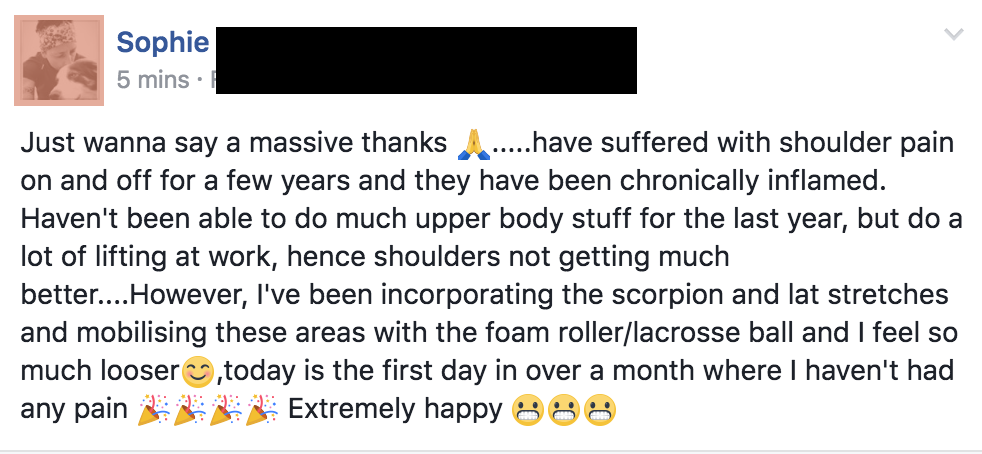
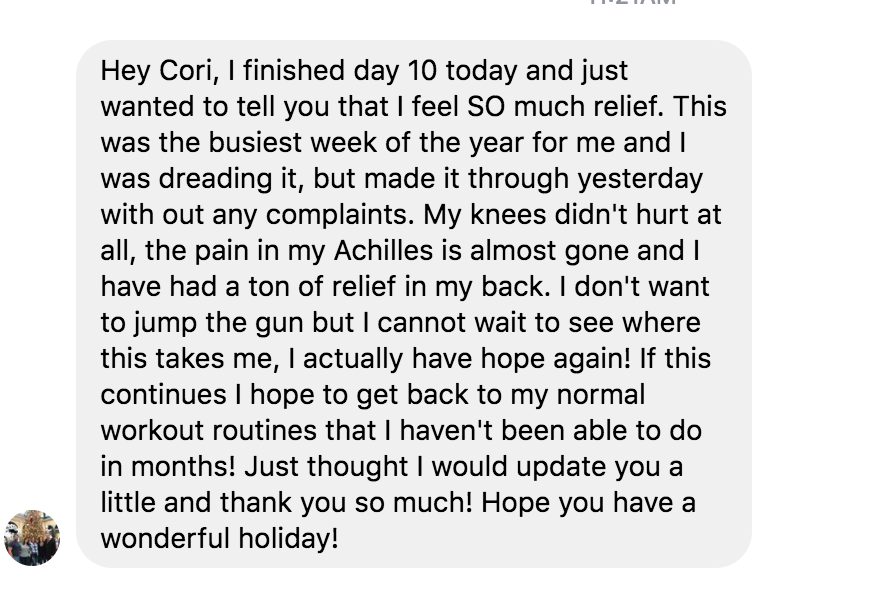


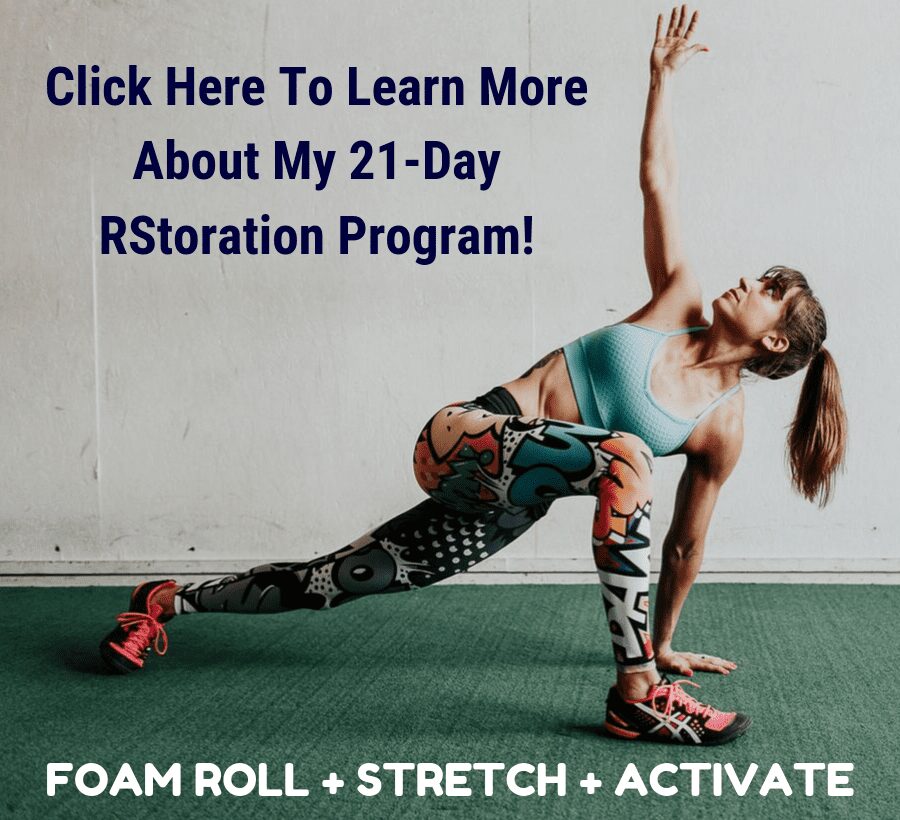
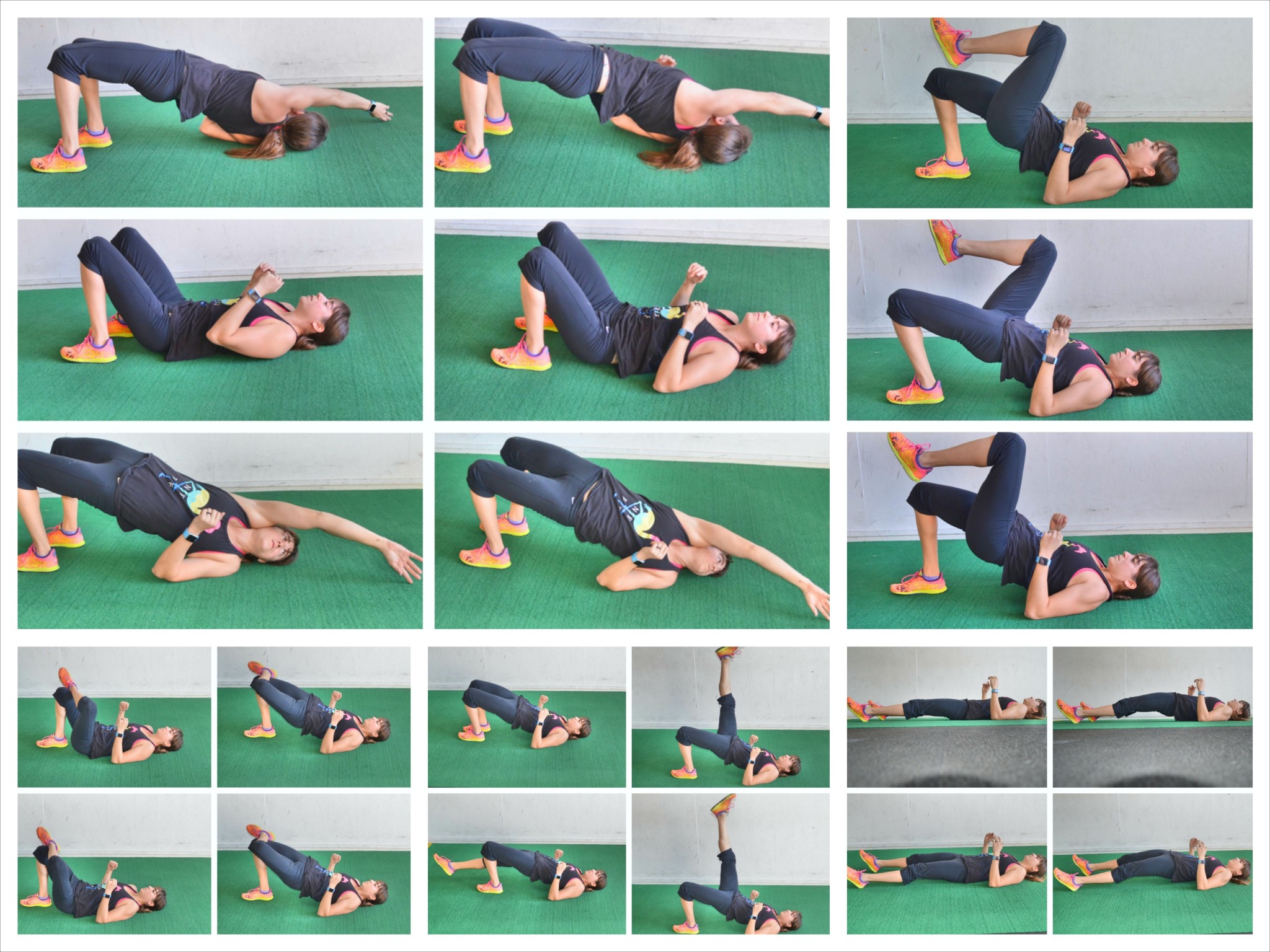 Yea…take time off from the things you are doing wrong. Take time off from OVERLOADING the same area.
Yea…take time off from the things you are doing wrong. Take time off from OVERLOADING the same area.